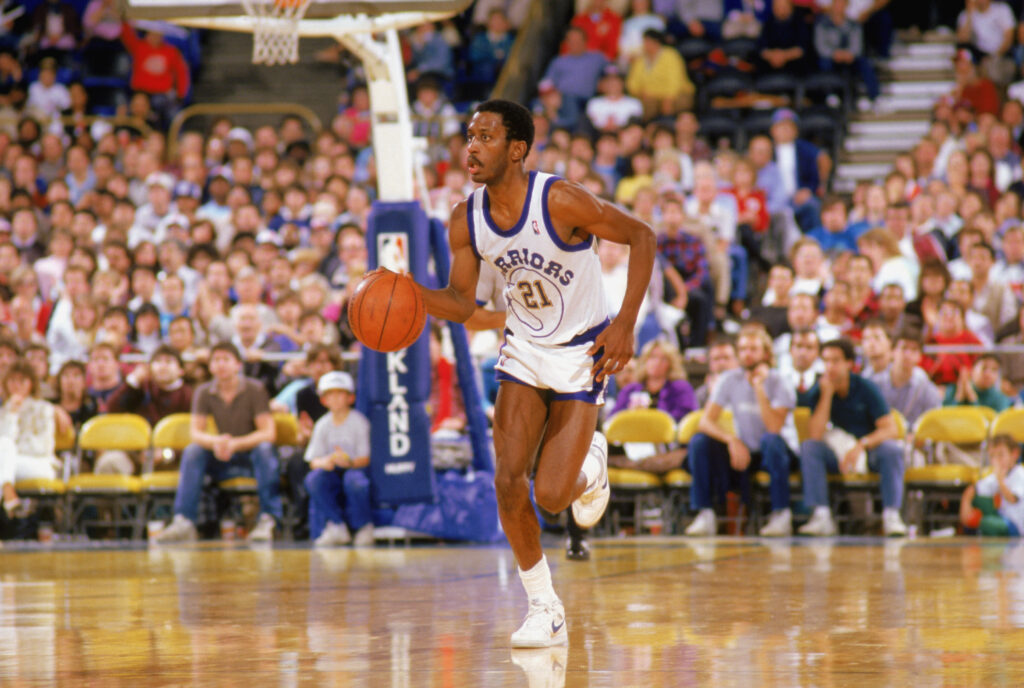If you’re looking for a movie that’s equal parts nostalgic trip and wild ride, Freaky Tales delivers. Set in 1987 Oakland, this four-part anthology weaves together raw punk shows, fierce rap battles, crime drama and even supernatural martial arts. Somehow, it’s all tied together by a mysterious neon-green energy that pulses through the city’s underground. You’ll witness the iconic punk fight at 924 Gilman, the rap duo Danger Zone going head-to-head with Too Short and NBA legend Sleepy Floyd taking on neo-Nazi villains with otherworldly powers. It’s a bold mix of real Bay Area history and out-there fantasy that celebrates the city’s rebellious spirit in a way you’ve never seen before.
You can catch Freaky Tales streaming now on HBO Max. It’s perfect for those who want something fresh, gritty and unapologetically stylized. Whether you’re into cult classics, ’80s vibes or stories that mix fact and fiction, this one’s worth a watch.
The real story behind ‘Freaky Tales’
Freaky Tales is rooted in real, iconic moments from 1980s Oakland, but it’s dramatically fictionalized and heightened through genre-bending fantasy. It’s more of a mythic tribute than a documentary. For example, the brawl depicted on-screen, which sees neo-Nazi skinheads attacking a punk show, leading to a violent face-off outside 924 Gilman, actually happened on May 17, 1987. At the time, a security guard, based on George Stephens (“George Hated”), intervened. In response, punks, including band members like Dave Dictor of MDC, joined the fight.
Meanwhile, the female rap duo Danger Zone (made up of cousins Tamra Goins and Bailey Brown) recorded the diss track “Don’t Fight the Feelin’” with Too Short. The public rap showdown in the film is dramatized, but the track and tension are authentic. In game four of the 1987 NBA Playoffs, Warriors star Eric “Sleepy” Floyd scored 29 points in the fourth quarter, setting an all-time postseason record. That explosive performance is real.
The film infuses supernatural elements, glowing green energy, martial-arts cosmic powers, as well as fantastical revenge arcs (like Nazis invading Sleepy Floyd’s home and him wielding psychic combat skills), none of that is real.
What position is Sleepy Floyd?
 (Otto Greule Jr/Getty Images)
(Otto Greule Jr/Getty Images)
The legend’s full name is Eric “Sleepy” Floyd for those less familiar with NBA history. The former professional athlete is best known for an explosive playoff performance in 1987, where he scored 51 points (including a staggering 29 in the fourth quarter), setting enduring postseason records.
In Freaky Tales, Sleepy Floyd is reimagined through a stylized, high-octane lens. Actor Jay Ellis portrays a heightened, almost mythical version of the North Carolina native. In the film’s final vignette, titled “The Legend of Sleepy Floyd,” the NBA star returns home after setting his real-life playoff record to find his mother and girlfriend brutally murdered by neo-Nazis. Fueled by outrage and supernatural strength, he embarks on a revenge-fueled killing spree, armed with swords and martial arts skills
In the narrative, Floyd promotes Psytopics, a fictional New Age meditation and spiritual learning program. The mysterious glowing green energy, a recurring motif in the film, is tied to this program, enabling characters (including Floyd) to channel supernatural combat prowess.
Is ‘Freaky Tales’ worth watching?
The surreal narrative of Freaky Tales is a nostalgic, stylistic tribute to ’80s East Bay culture – think VHS filters, synth-heavy soundtrack and pulp B-movie aesthetics. It’s a textured love letter, alive with local lore and genre mashups. Fans of mashups (punk, hip-hop, martial arts, noir and supernatural fantasy) will enjoy the film’s tonal chameleon work. Viewers familiar with Bay Area history, venues like Grand Lake or 924 Gilman, or sports references will find an extra layer of resonance. On the flip side, if you prefer tight storytelling or deep emotional arcs, the film’s loose structure may frustrate.
Audiences have largely embraced Freaky Tales as a vibrant, cult-worthy thrill ride, especially those who connect with its uniquely Bay Area DNA. The film currently enjoys an 89% audience score, and has been praised for its originality, visual flair and energetic performances. Still, not all opinions skew positive. Some Rotten Tomatoes audience members criticize the film for being boring or incoherent, claiming that certain segments feel unnecessary or tedious.
Frequently Asked Questions
Why was Tom Hanks in Freaky Tales?
According to the Hollywood Reporter, directors Anna Boden and Ryan Fleck, known for Captain Marvel, were inspired by Hanks’ teenage job at a video store in the Bay Area. They subtly referenced this in the script before directly approaching him for the role. To their surprise, Hanks agreed, bringing a touch of his own history to the film
Why is Freaky Tales rated R?
Because of its frequent, stylized violence, strong language and substance use. The film doesn’t shy away from the brutality.
